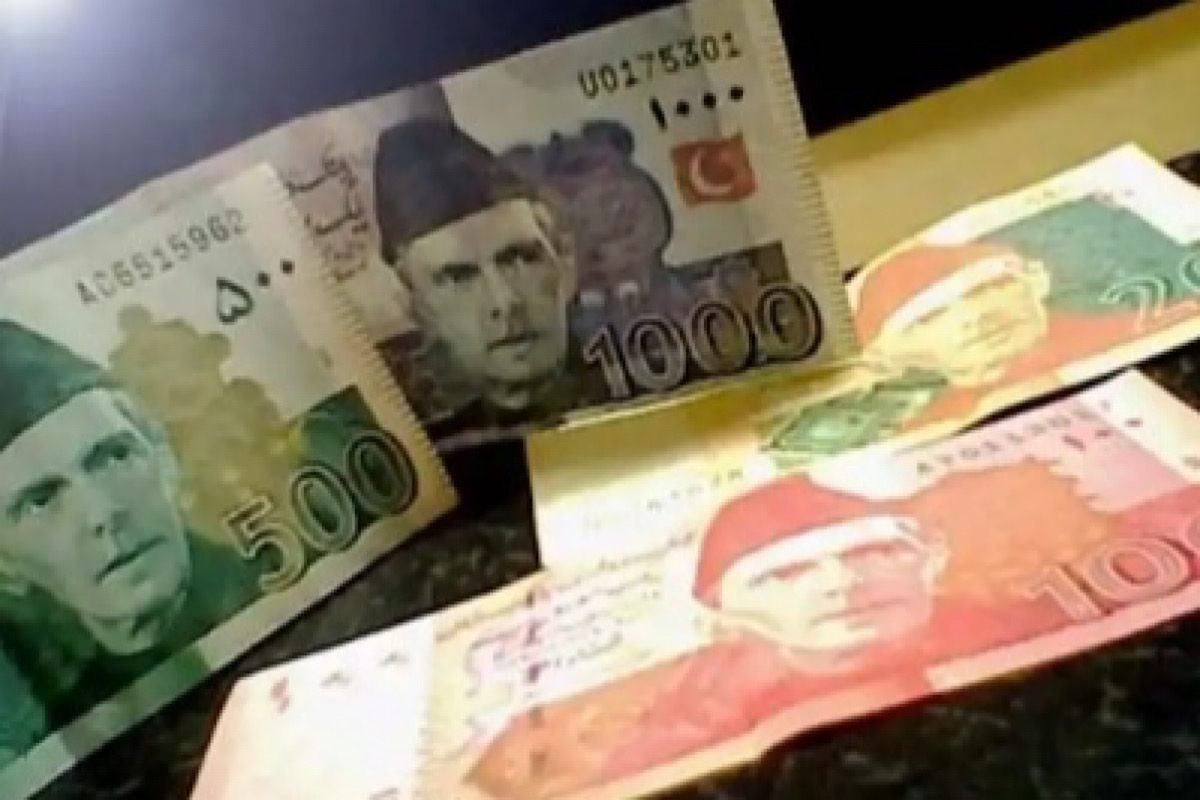Trade with Pakistan can help achieve 2047 goal
Prime Minister Narendra Modi wants India to become an advanced nation by 2047, exactly a hundred years after Independence.
Fears that Pakistan is moving towards a complete economic meltdown are rising in the country.

Fears of complete economic meltdown rising in Pakistan
Fears that Pakistan is moving towards a complete economic meltdown are rising in the country.
The notion originates from multiple factors including slow economic growth, ever-increasing external debts, continuing bailout programmes, lack of cohesion between institutions, absence of clear and firm direction from the leadership and serious political differences among political parties, who are engaged in a paralyzing confrontation, which drains most of the energy and creates doubts over credibility and legitimacy.
Advertisement
The increasing spread of militancy, political uncertainty and an escalating dominance of Pakitan’s military establishment over a democratically-elected government, coupled with the suppression of other political parties, its workers and the overall political freedom, has further intensified the country’s woes.
Advertisement
It is because of these factors that Pakistan finds itself in a bad fix and is deemed unfit and unequipped to handle the challenges.
Currently, Pakistan lags behind much of the world and most of its neighbours in human development and economic indicators.
The country is stuck in a spiralling debt cycle as the government is constantly looking at other countries to seek short-term loans or extensions of its existing external debts.
Pakistan’s newly elected Finance Minister Muhammad Aurangzeb was in the US to have detailed table talks with the IMF, seeking another bailout programme worth $10 billion. Upon his return, he said that the IMF was “very receptive” to considering a “larger-longer programme”.
The efforts have been forced to seek external financing in terms of investments, through privatization and bailout programmes, completely being blind to the pivotal factors that lack progress and development.
Labour productivity, one of the most critical and crucial factors for economic prosperity, has remained among the world’s lowest for the past three decades in the country.
In comparison with the regional neighbours, Pakistan’s labour productivity growth has hovered around 1.3 per cent per annum while all of its neighbouring countries have remained well ahead.
Between 1990 to 2018, China tops the labour productivity race with a robust growth percentage of 8.12 per cent, India stood at 4.72 per cent and Bangladesh achieved a growth rate of 3.88 per cent.
In contrast to its neighbours, Pakistan has seen a major decline in labour productivity in at least six out of twelve sectors including mining, utilities, transport, real estate, construction and trade.
And because of snail-paced progress in important sectors, policymakers have been compelled to rely on external debt to secure economic progress.
In January 2024, the State Bank of Pakistan stated that the country’s external debt servicing obligation is about $29 billion over the next 12 months, amounting to about 45 per cent of the country’s dollar earnings.
Pakistan has recently introduced the Special Investment Facilitation Council (SIFC), a new platform to provide better, easier, and faster business facilitation for foreign direct investments.
While the formation of SIFC with additional powers to the Army Chief General Asim Munir over financial matters is a step taken to provide a one-stop shop solution to investing countries and companies and provide ease of doing business; many believe that its formation is “ill-timed”, insisting that formation of a council with additional powers would be counter-productive and would further increase uncertainty.
Experts warn that the current path Pakistan is on presents serious risks and threatens complete chaos, adding that the country is on the edge of a collapse, and any wrong move now, can result in a disaster.
Advertisement